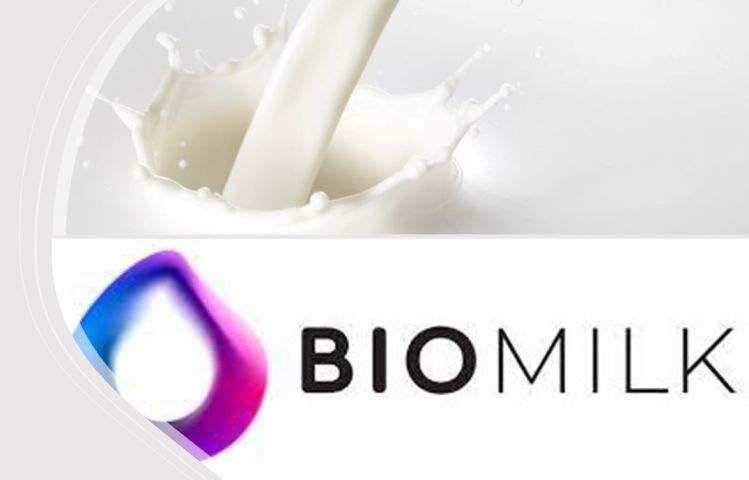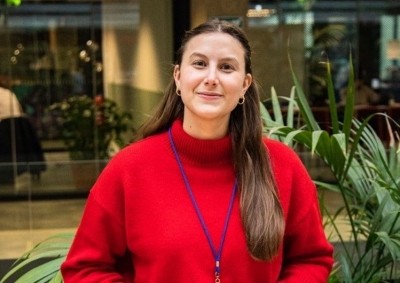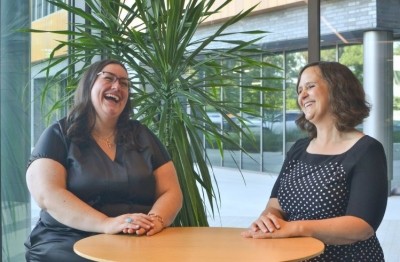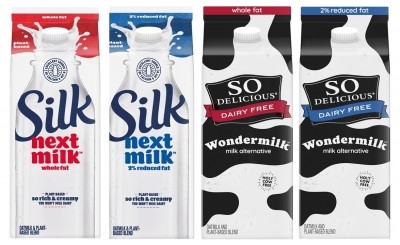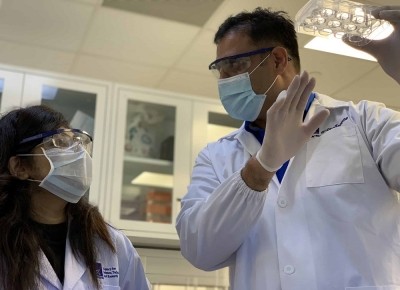Cell-cultured milk: Tech fantasy or a liquid goldmine? BioMilk goes public
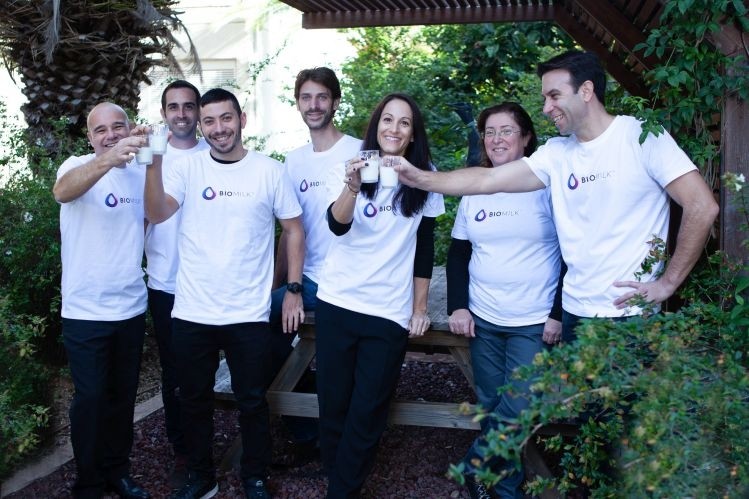
Unlike plant-based milk or ‘animal-free’ products featuring whey, HMOs, lactoferrin or other key components in mammalian milk produced via microbial fermentation by firms such as Perfect Day, DSM and Conagen; cell-cultured milk gets us closer to the real thing by essentially replicating the animal milk production process… without factory farms.
Put simply, says Israeli startup BioMilk – which has just secured a listing on the Tel Aviv Stock Exchange – this means taking cells from mammalian mammary glands, keeping them happy so that they proliferate, and then triggering them to differentiate and start producing milk.
But just because you can, does it make sense to do this given recent advances in microbial fermentation? And is it scalable?
‘There are structures that are only found in milk like MFGM that you can’t make in a fermenter [with microbes]’
There’s a lot you can do with engineered microbes these days, acknowledge execs at BioMilk, but if you want to replicate the true complexity of milk, they won’t cut it.
“Milk is a goldmine with tons of amazing components, some that are known, some that are even unknown,” said BioMilk chief scientist Dr Nurit Argov-Argaman, a professor at the Hebrew University of Jerusalem who has been working with mammary cells for more than a decade.
But if you want to replicate the nutritional and functional complexity of mammalian milk, she said, using the cells that actually produce it in mammals will get you much closer to the target (BioMilk is using epithelial cells from the mammary glands of a range of animals from cows and sheep to camels and is currently waiting for ethical approvals to be able to handle human breast milk).
“There are structures that are only found in milk like MFGM [Milk Fat Globule Membrane – a source of multiple bioactive compounds, including phospholipids, glycolipids, glycoproteins, and carbohydrates with important functional roles within the brain and gut] that you can’t make in a fermenter [with microbes],” she told FoodNavigator-USA.
“There are 200 oligosaccharides in breast milk; using fermentation, you can make maybe 10… so we’re not even close… and there are other proteins and fat constituents and other carbohydrates that can only be found in milk, and this is what makes us different; we can make a whole array of substances in milk [although BioMilk’s milk would not contain immunoglobulins at least initially]."
Is cell-cultured milk scalable?
But is cell-cultured cow’s milk commercially viable given that the conventional stuff is pretty cheap, at least right now?

Unlike cell-cultured meat - where the cells themselves are the end product, and manufacturers will have to work out how to grow and feed billions of cells cost effectively – BioMilk’s cells are mini factories that churn out milk.
So as the cells themselves are not the end product, BioMilk won’t need to grow (and feed) as many. Plus it won’t have to worry about scaffolding, or working with multiple different cell types, while the regulatory pathway may potentially be simpler than it is for cell-cultured meat.
“What we're doing in the lab is that we're mimicking the process which occurs in the late stages of pregnancy when cells in the mammary gland proliferate,” explained Argov-Argaman.
Once a certain number of cells has divided/proliferated, BioMilk provides signals to those cells (via components added to the growth medium) to stop dividing and start producing its end product: milk.
“We know when to stop the proliferation step and start the differentiation step, which enables them to synthesize milk and secrete it to the media.”
‘We want to understand how to restart the whole system’
So the key question then becomes, how long can a given group of these cells produce milk for, exactly? Hours? Days? Weeks? Months? Indefinitely?
If you’re assessing the commercial viability of producing milk at an industrial scale, “That’s the million dollar question,” she said.
“First of all, we know they can do it [produce milk] for an extended period of time so it's not like every day we need to replace them. But obviously we want to see what is the maximum amount of time we can keep these cells lactating.
“And second, we want to understand how to restart the whole system. So we have a couple of hypotheses on how to do that that I can't share, unfortunately, but, we're in the process of developing a restarting phase, so taking cells that were secreting milk for an extended period of time, and stopping them from doing that, and then restarting the whole system and starting again.”
Reducing the cost of production

As for overall costs, she added: “Right now, like all the cultured [meat/milk] companies, we’re trying to bring down the cost of media the cells are exposed to, so we're also in the process of trying to remove some of the components to see how it affects the cells.
“We’ve also made some discoveries on specific components of the media that we can add that will improve tremendously, the fat secretion, for example, and the protein secretion, and we can really make the process much more efficient.
“And the third thing is work on recycling the media, so all these three paths we can use in order to reduce the cost of production.”
BioMilk’s business model
So what’s the business model and go-to-market strategy? Is BioMilk a tech company? A b2b ingredients supplier? A consumer products company?
Potentially all three, said BioMilk VP of Business Development Nathaniel Benchemhoun.
“The obvious route is eventually to license out our technology [which is protected by a suite of patents] to some of the big dairy players.
“The other route goes back to milk being a goldmine. You've got some ingredients in milk that are pretty much priceless, so it doesn't matter if your process is expensive or not as long as you can produce some of those unique ingredients, you'll find your market, and it will be profitable, so in that case we can be a b2b supplier of ingredients.
“And eventually the third route is B2C, to create new product categories based on our technology.”
‘We really want to support the dairy industry’
From a regulatory perspective, there will be challenges ahead, and opposition from some dairy farmers [who are already frustrated by what they feel is misleading labeling on plant-based milk]. However, large dairy processors/brands have already invested heavily in plant-based dairy, and recognize that it’s in their long-term interests to support a variety of approaches to get their ‘milks’ – however they are produced – to market, he said.
“We really want to support the dairy industry, which is a very powerful industry when it comes to the regulators, so if there is some heavy work to be that needs to be done in terms of [working with regulators to help these products get to market safely], they will do it.”
Ultimately, he said, “We have a sustainability agenda that goes without saying, but our main strength is our ability to control the yield of the cells so that eventually we will allow the industry to make a better milk, not just regular cow’s milk, in terms of nutritional value.”
Further reading:
